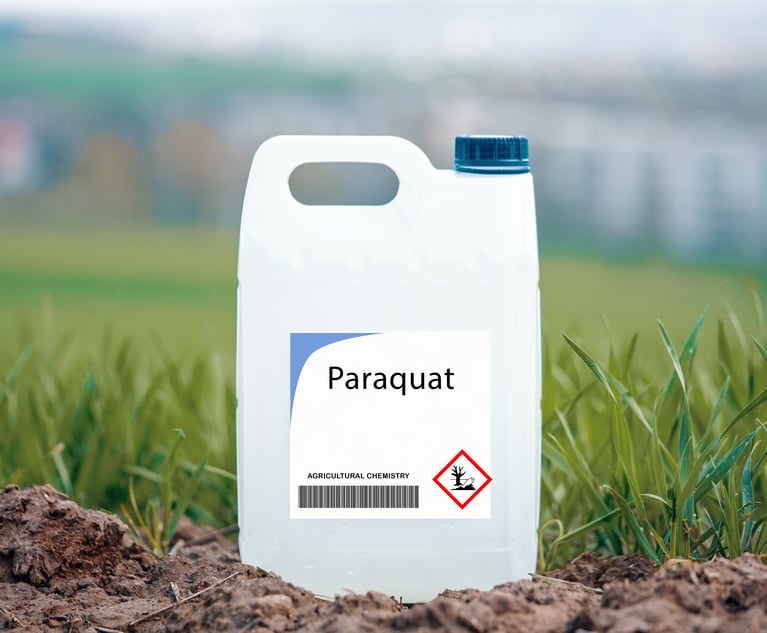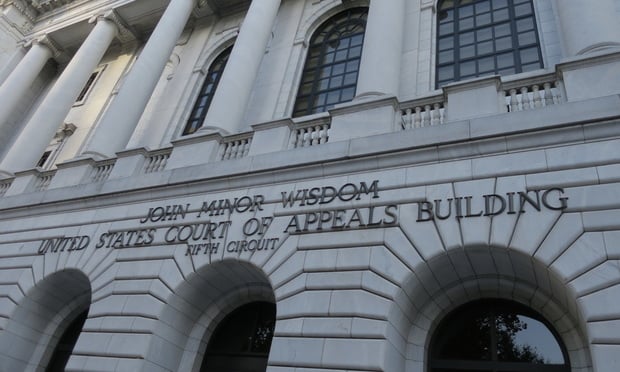The briefs of the U.S. trustee and his amici in Harrington v. Purdue Pharma, Sup. Ct. No. 22-124, demonstrate that there is no statutory basis on which a bankruptcy court may grant nondebtors a release from liability as a part of a plan of reorganization. The Solicitor General treats the question as if it were like an off-on switch, either the court can or cannot grant a release. But even if the U.S. Court of Appeals for the Second Circuit were right that some releases are permitted, there are many other significant questions about who is entitled to a release, and under what circumstances, on which the statute provides absolutely no guidance. Those additional questions should only be answered by Congress and not the bankruptcy court, which is a further basis why the Second Circuit decision upholding the release should be reversed.
The nondebtor releases here were granted to the Sackler family who are individual shareholders of the debtor, some of whom were also officers or directors. Would parent or subsidiary companies also fall into the permissible category? What about shareholders who hold no official position with the debtor or family members of shareholders? Would the national distributors and the retail pharmacies that paid out vast sums for wrongly pushing the sale of Purdue Pharma’s addictive products also be eligible? In some environmental cases lenders have been sued when a company has caused serious harm, as have insurance companies when they are alleged to have ignored danger signals that their insureds are engaging in conduct that puts members of the public at risk. Can they be included, and if so, what are the limits? There is a not a word in the Bankruptcy Act or the opinion of the court of appeals that would tell a court in the next case how to answer those questions.


 Credit: jozefmicic/Adobe Stock
Credit: jozefmicic/Adobe Stock





